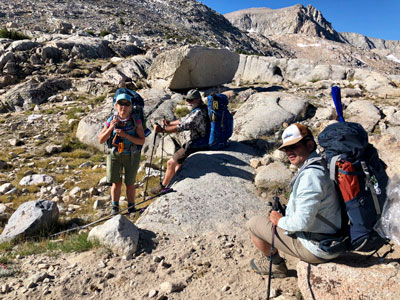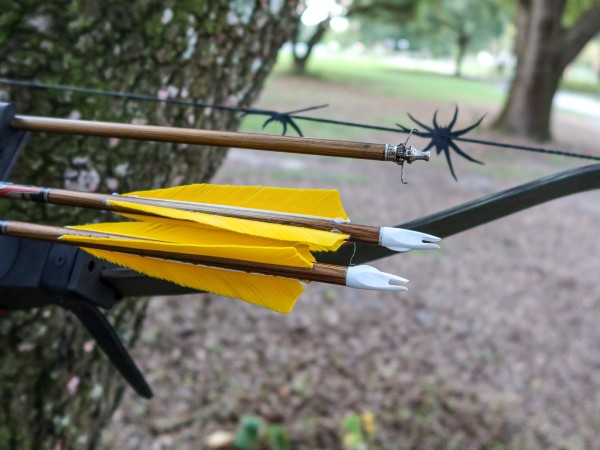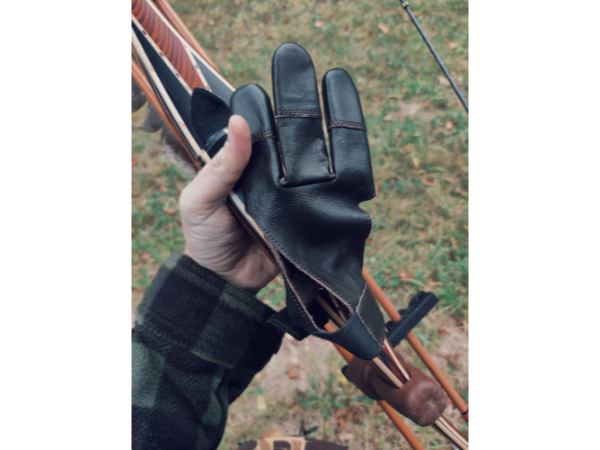Nowadays, I don’t leave home without them.
Years ago, I was several miles into a tough cougar chase when things went from bad to worse. Bright sun had caused evaporating scent conditions on the snow, and only one of our three hounds was still on the lion track when I started a long, steep pull up a mountainside. The traction was terrible with melting snow on top of a layer of ice, and I was going backward at least one step for every two I made forward. I was also falling repeatedly. My hunting partner, who had thought to bring along a cross-country ski pole, was faring much better than me. We eventually caught up with that cat, but not before I’d been soaked to the skin in melting snow and covered with bruises. The next time we turned the hounds out on a track, I was carrying a ski pole myself.
That was my crude introduction to a concept that had been around forever in Europe: trekking poles. Although they are wildly popular among hikers here now, I’d rarely seen them used back then. When I did, I considered them laughable. That was pure ignorance on my part. I use them all the time now, in all kinds of terrain and conditions. I’m still surprised by how few backcountry hunters have caught on.
 Trekking poles convert the human body into a four-wheel drive vehicle, improving both traction and propulsion in steep terrain. They also compensate for the loss of balance and agility many of experience with age. When walking unassisted, there are always times when you have just one foot on the ground, which guarantees a degree of instability. When you establish a good rhythm with poles, you will always have two or three points of contact with the ground, a tremendous advantage in uneven footing even on the level. I recently completed an arduous backpacking trip in the Sierras over a lot of unstable, rocky ground, and I know my poles saved me from several nasty tumbles with a heavy pack on my back.
Trekking poles convert the human body into a four-wheel drive vehicle, improving both traction and propulsion in steep terrain. They also compensate for the loss of balance and agility many of experience with age. When walking unassisted, there are always times when you have just one foot on the ground, which guarantees a degree of instability. When you establish a good rhythm with poles, you will always have two or three points of contact with the ground, a tremendous advantage in uneven footing even on the level. I recently completed an arduous backpacking trip in the Sierras over a lot of unstable, rocky ground, and I know my poles saved me from several nasty tumbles with a heavy pack on my back.
New generation trekking poles have a come a long way from the ski poles with which I started. They are lighter and stronger, and most of them telescope for easy packing during travel. Don’t try to cut corners too much on cost. You want poles that are both light and strong enough to support your weight without collapsing in case of a bad slip. My Leki carbon fiber poles (available from Kuiu) serve both purposes well.







EXCELLENT ADVICE!!!! I always enjoy reading Tip of the Week.
THANKS Duker
My Leki collapsible ski poles/jointed avalanche probe have removable handles that facilitate the attachment of camera mounts and similar devices. I have a V-shaped elbow that screws into the handle end and serves as a monopod rifle rest. Two poles can also be crossed and secured with a loop to make a bipod rest. I also use the poles to erect a small tent from MSR.
I’ve been using a single ‘walking stick’ for many years, even before my knee replacement. I mostly hike cross-country and our mountains are pretty steep. Because of that I make my stick out of a century plant or sotol stalk. Both are agave plants. I start with a stalk about 6-feet long,mI smooth the stalk first the put a piece of dense foam on the top covered by a piece of buckskin. Then I wrap the top two feet in buckskin using glue and staples or brads. It the tip I glue on a crutch or chair rubber cap. I like this stick better than commercial walking poles as I can adjust my grip quickly without having to change the length on the modern styles. Going down a steep ridge I can put the walking stick firmly below me and then step down while maintaining an erect posture. The shorter pole’s make you bend over and then you are already off in your center of balance. I pad the top so I can rest my binoculars on them to glass. If I could figure out how to attach a picture to this I’d do it. I’ve made many for friends and they all swear by them. It’ll keep you upright and off your butt.
Great idea, Kurt. A longer pole has definite advantages when descending in steep terrain, and of course I know just the terrain you are talking about. I sent you an e-mail. Looking forward to seeing you this winter. Don
Love my hiking poles but usually leave them behind when I’m hunting… I may rethink that! With a bow in one hand, one could only use a single pole, so one would need to pack a second pole or leave it at camp.
May be it is just the sensibility of age or wisdom along side the sad medical fact that as we get older our balance is jeopardised, that we find better and safer ways to enjoy our chosen pursuits. I too thought of them as “not for me” but as I have a bucket list, of which one is to back pack up into a property that has a heap of undisturbed deer but not having the courage to do so, I bit the bullet a week or two ago and decided to go for it ! After all at my age (70), I don’t have a lot of time left to do what I really want to do. A friend gave me one of his old tracking poles and except for drilling and mounting a threaded bolt on to the top of the handle to keep my camera still, it was a standard pole. Well to say I was amazed is an understatement, and like you, will never head into the bush with out one because it saved me on several occasions on undulating and soft footing, up hill and down.
Great article Don.
Glad they are working for you, Chris. I’m 72 now myself, so I feel your pain. BTW, correct terminology is “trekking” rather than “tracking,” but it only matters if you’re an editor. Stay safe (and upright), Don
Me too, a fews years back I tried a trekking pole and since that time, never forget it. I bowhunt in the Alps, in France my recurve in one hand and the pole in the other. A lot of times, the trekking pole save me to fall or slip on steep terrain. Really a “must have” on your package.